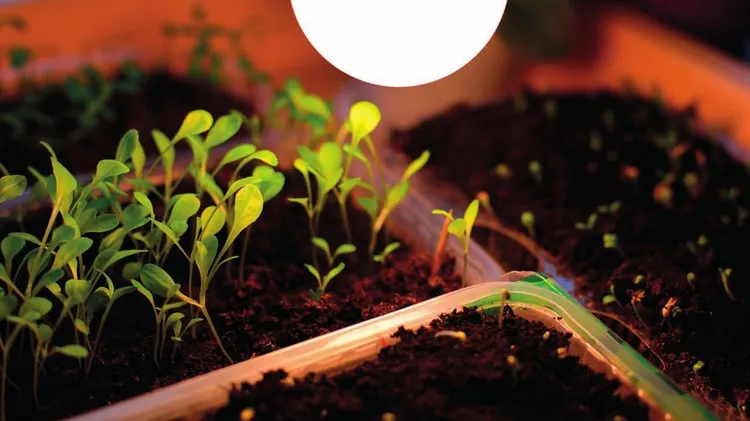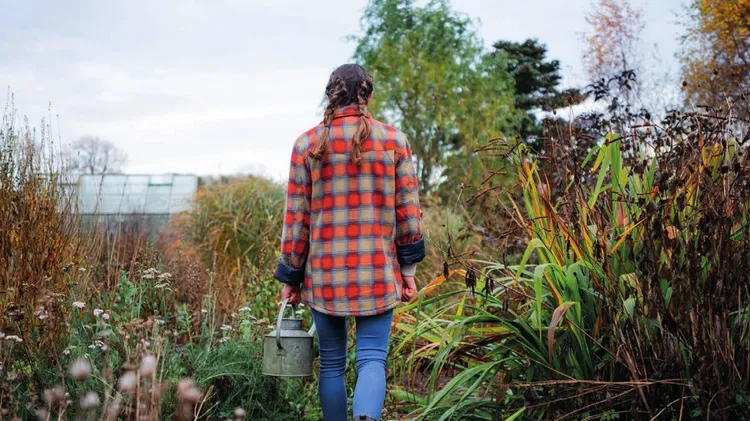Get your spuds off to a super start with our guide to succe
Simple step-by-step: chit potatoes
3 min read
This article is from...
Read this article and 8000+ more magazines and newspapers on Readly






